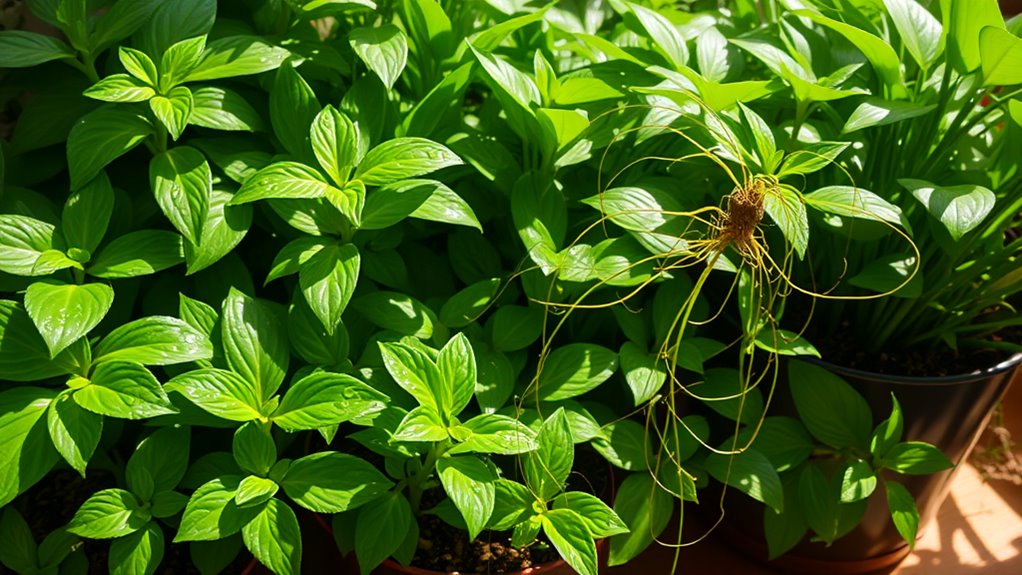I Changed My Watering Schedule and My Plants Took Off
It’s a coincidence that just when you thought your plants were thriving, they seemed to plateau. Adjusting your watering schedule might be the key to unlocking their full potential. Understanding their specific watering needs and seasonal patterns can make all the difference. If you’ve noticed your plants aren’t growing as expected, this discussion could provide the insights you need to foster a healthier and more productive garden.
Understanding Your Plants’ Watering Needs
Understanding your plants’ watering needs is crucial for their health and growth.
Establishing a proper watering schedule involves assessing factors like plant type, climate, and soil moisture levels. Different species thrive under varying conditions; for instance, succulents require less frequent watering than tropical plants.
Regularly monitor your plants to adjust their watering schedule accordingly, ensuring they receive optimal hydration for robust development. Additionally, being aware of soil moisture levels is essential to prevent both overwatering and underwatering.
The Original Watering Schedule
A well-structured watering schedule forms the backbone of effective plant care.
You typically water your plants every three to five days, depending on their species and environmental conditions. Early mornings or late afternoons are optimal for watering, as this minimizes evaporation. Additionally, implementing efficient water use strategies can help promote healthy growth while conserving resources.
Reasons for the Change
As weather patterns shift and plant growth cycles change, adjusting your watering schedule becomes crucial for maintaining healthy plants. Increased temperatures and varying humidity levels can stress your plants, leading to potential over or under-watering. Implementing a streamlined watering schedule can help busy gardeners efficiently meet their plants’ needs without extra time commitment.
Observing the Results
You’ll notice significant changes in your plants when you adapt your watering schedule effectively.
Healthier foliage, enhanced root development, and increased growth rates become evident. Leaves will appear greener and more vibrant, while wilting and yellowing diminish.
Additionally, flowering and fruiting may improve, reflecting your plants’ heightened resilience. Regularly monitoring soil moisture levels helps to fine-tune your approach and ensure optimal results.
Regularly monitor soil moisture levels to fine-tune your approach and ensure optimal results.
Tips for Creating Your Own Watering Schedule
Having observed the positive effects on your plants’ health, it’s time to develop a personalized watering schedule that suits their specific needs.
Start by assessing each plant’s light exposure and soil type. Monitor moisture levels regularly, adjusting frequency based on seasonal changes. Optimal watering times can enhance growth, especially if you consider early morning hours when temperatures are cooler and evaporation is lower.
Use a consistent timing method and consider group watering for plants with similar requirements to streamline your routine effectively.

